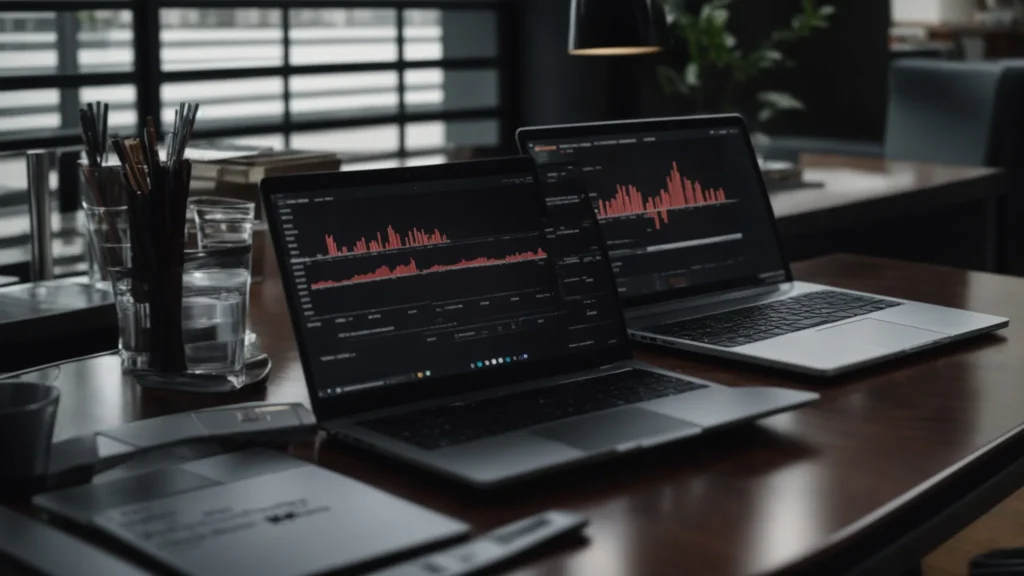Negative SEO, also known as black hat SEO, is an off-site malicious attack aimed at sabotaging your site’s reputation and search engine rankings. Common negative SEO tactics range from link farm backlinks to fake negative reviews and fake link removal using Google’s webmaster tool.
An SEO attack is fairly inexpensive to execute. As such, spammers can use negative SEO to ruin your site’s ranking, and its effect can be long-lasting. However, the good news is that there are ways to handle these attacks efficiently. On that note, here are tips to help you handle negative SEO attacks.
Work on detecting negative SEO.

Negative SEO is nasty, but some people will go to great lengths to sabotage a competitor’s ranking. Therefore, the first step to handle an attack is by detecting it. Unfortunately, it can be difficult keeping with the different ways hackers execute these attacks. However, you can use SEO solutions to make it easy.
A negative SEO attack rarely happens overnight. You see, you can have access to your website while a hacker plants undetectable spam links. For instance, messing with your sitemaps and robot.txt files can harm your website without you noticing any immediate change.
So, in order to ensure early detection of spammy and toxic links, make sure you use an SEO solution like the disavow tool.
A great SEO tool will alert you if there’s a sudden drop in your site’s traffic, as this is a sign of negative SEO, which means that a competitor is messing with your website.
Spot and eliminate duplicate content.
Content duplication is bad for websites as it can trigger cannibalization issues and result in your website being wholly filtered in the search results. Attackers know this, and they can use it as part of their negative SEO campaign to sabotage your search performance. You see, when Google sees duplicate content, it’ll index only one page, and since Google can’t detect the original content owner, your blog may not get indexed.
Your competitor could be fast and decide to publish your site’s content on different blogs before Google can index yours. As a result, Google will index the first page, and yours will be left out. The best way to spot and eliminate duplicate content is to audit your content regularly with tools like Siteliner or Copyscape. If you spot a copycat website, contact the site’s webmaster and explain why they must take down the content, and if this doesn’t work, fill and submit google’s copyright infringement report form.
Identify and report fake reviews.

Fake reviews are typically the first thing people notice when they search for your website, and having a ton of them can ruin your brand name. In addition, hackers use fake reviews to cause havoc on your SERP performance and discourage potential customers from patronizing you.
Admittedly, the impact of fake negative reviews varies depending on the size of your company. For instance, fake reviews rarely affect large companies; however, they can ruin your reputation and affect your revenue as a small business owner. To handle fake reviews, make sure you look out for poor reviews and spot the red flags. If you believe a review is fake, be sure to report it to the site’s admin, where it was published.
Get in touch with an SEO agency.
Based on the above points, it’s safe to say that the best way to handle negative SEO attacks is to stay vigilant and keep an eye for suspicious activities. However, this can be hard to do. Besides, focusing on these can easily distract you from accomplishing your other business goals, which will inevitably lead to a decline in business.
In that case, the best solution is to seek help from an SEO consultant or agency. These digital marketers have the right tools and technical know-how to monitor your site efficiently. They’ll help promote organic traffic and ensure that whatever you post on your social media or website is organic content.











